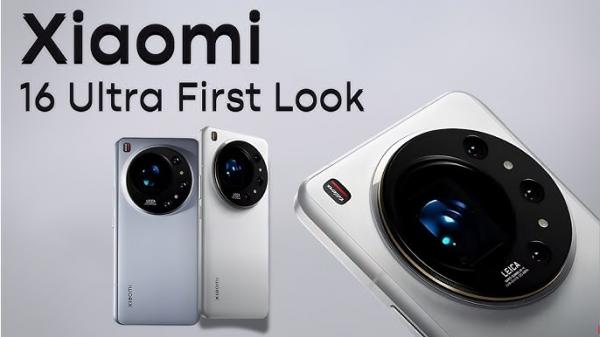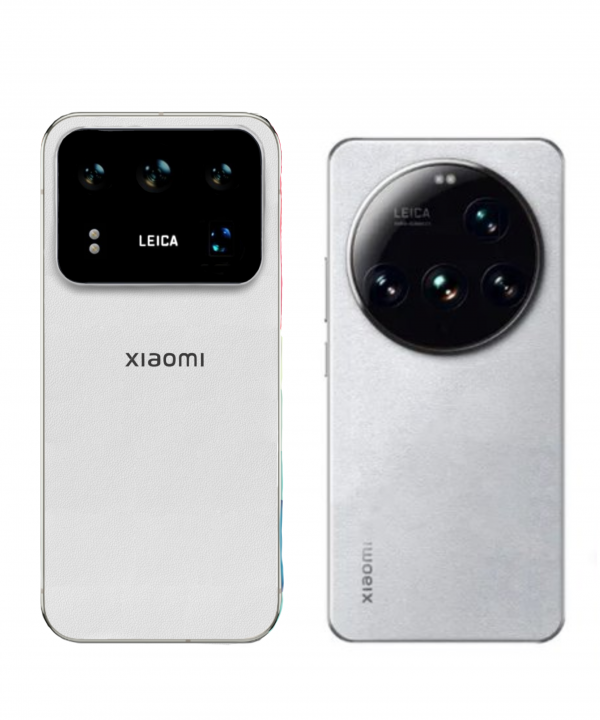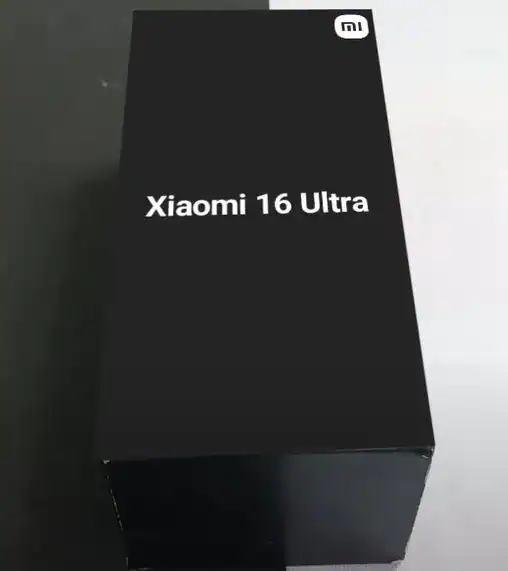Xiaomi 16 Ultra Unveiled: A New Bird-Photography Powerhouse Arrives
![]() 07/03 2025
07/03 2025
![]() 603
603
Recently, leaks about the Xiaomi 16 Ultra have dominated trending topics, promising a "flagship rush" with its impressive specifications. Multiple sources indicate that this phone is set to deliver comprehensive upgrades across four key areas: photography, performance, battery life, and design.

First, regarding core hardware, consolidated leaks reveal that the entire Xiaomi 16 series will be powered by Qualcomm's latest Snapdragon 8 Elite 2 processor, based on TSMC's 3nm process and featuring the Oryon second-generation architecture. This not only enhances CPU and GPU performance but also optimizes AI computing power allocation. Coupled with the new HyperOS 3.0 (based on Android 16), system smoothness and cross-device intelligent collaboration will be significantly improved.
The battery and fast charging capabilities are equally impressive: current leaks suggest a capacity range of 6500-7000mAh, with rumors that the Ultra Max version could be the first to offer a 6800mAh battery paired with 100W fast charging, offering a 30% improvement in battery life compared to its predecessor. This is remarkable for a flagship smartphone with a small screen, which maintains a straight-screen design of approximately 6.3-6.7 inches, complemented by ultra-narrow bezels, balancing visual experience and handling comfort, thereby alleviating the traditional trade-off between battery life and size.

However, it is the upgrade to the photography system that excites photography enthusiasts the most. According to foreign media reports, the Xiaomi 16 Ultra will be the first to adopt SmartSens' self-developed 1-inch large-base main camera (the same SC series sensor used in the Huawei Pura80 Ultra) and will be equipped with a 200MP high-pixel periscope telephoto lens, supporting an external magnetic lens solution. This allows for 10Gbps lossless RAW transmission through direct optical connection, supports a 16-stop dynamic range, and produces DSLR-like image quality. This shift from a "multi-camera patchwork" to an "elite combination" prioritizes image quality, greatly satisfying the needs of photography enthusiasts.
Additionally, there are whispers that the Ultra version may reintroduce the secondary screen interaction design from the Mi11 Ultra, providing additional convenience for rear selfie previews or video recording, and adding a touch of elegance to game control and shooting focus.
Regarding the timeline, the leaker has repeatedly mentioned that the Xiaomi 16 series (including the Ultra) will be released in China in September 2025, followed by an international rollout from October to December. The Ultra Max version might be launched slightly later, expected to dominate the high-end flagship market.

In summary, the Xiaomi 16 Ultra is evolving into the "flagship of flagships," with upgrades across performance, battery life, screen, and camera hardware. Combined with HyperOS system optimization and AI multi-device collaboration capabilities, its positioning extends beyond just a smartphone, becoming the "epitome" of mobile imaging and intelligent terminal platforms. If these leaks materialize, the Xiaomi 16 Ultra will be highly competitive and is poised to become a formidable contender in the mid-to-high-end market in 2026.
Even before its official release, this series' highlights have already sparked anticipation. Users seeking extreme image quality and overall performance should continue to keep an eye out, while everyday users may also be drawn to upgrades like battery life, system experience, and the straight-screen feel. At the end of the year, let's see if the Xiaomi 16 Ultra delivers on the promises hinted at by these leaks.








